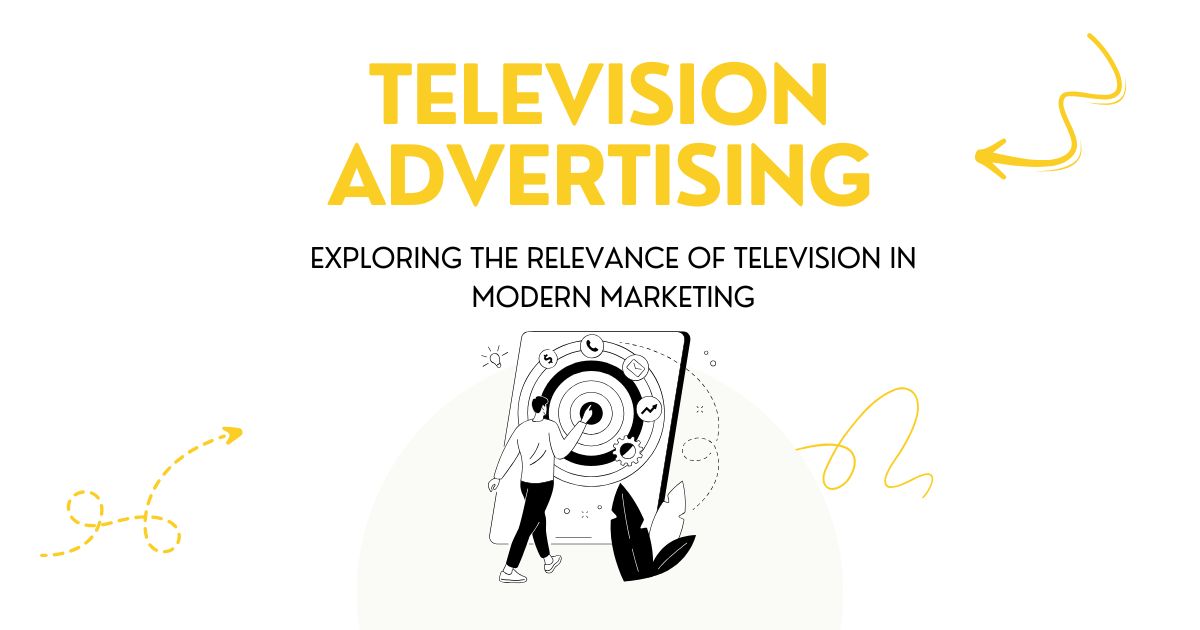The death of television advertising has been predicted more times than the apocalypse. Streaming services dominate living rooms, DVRs skip commercials with ease, and social media captures eyeballs for hours each day. Yet television advertising revenue in the United States reached $61.3 billion in 2023, suggesting reports of TV advertising’s demise may be greatly exaggerated.
The landscape has undoubtedly shifted. Traditional linear TV viewership continues its steady decline, particularly among younger demographics. Cord-cutting accelerates as consumers migrate to Netflix, Hulu, and Disney+. Meanwhile, digital advertising spending has surpassed traditional media by significant margins.
But declaring television advertising dead overlooks important nuances in how the medium has adapted and evolved. Smart advertisers aren’t abandoning TV entirely—they’re reimagining how to use it effectively alongside digital channels. The question isn’t whether television advertising will survive, but how it will transform to remain relevant in an increasingly fragmented media landscape.
The Case Against Television Advertising

Declining Viewership Across Key Demographics
Traditional television viewership has experienced steady erosion over the past decade. According to Nielsen data, the average American watches approximately 2.8 hours of live TV daily in 2024, down from 4.3 hours in 2014. This decline is most pronounced among adults aged 18-34, who represent crucial consumer spending power.
Streaming services have fundamentally altered viewing habits. Consumers increasingly prefer on-demand content over scheduled programming. They expect to watch what they want, when they want it, without interruption from advertisements. This behavioral shift has created significant challenges for traditional TV advertising models built around appointment viewing and commercial breaks.
The Rise of Ad-Avoidance Technology
Digital video recorders revolutionized how people consume television content. Fast-forwarding through commercials became standard behavior, reducing the effectiveness of traditional TV spots. Streaming platforms initially offered ad-free experiences as premium features, further conditioning audiences to expect uninterrupted content.
Even when advertisements appear on streaming platforms, viewers have grown increasingly intolerant of interruptions. The prevalence of ad-blockers on digital devices demonstrates consumer willingness to actively avoid marketing messages across all screens.
Cost Efficiency Concerns
Television advertising requires substantial financial investment with increasingly uncertain returns. Prime-time spots during popular shows can cost hundreds of thousands of dollars for 30 seconds. Super Bowl advertisements regularly exceed $7 million for similar duration.
Digital advertising platforms offer more precise targeting capabilities at lower costs. Advertisers can reach specific demographics, interests, and behaviors with granular precision. Real-time performance data allows for immediate campaign optimization—something traditional TV advertising cannot match.
Why Television Advertising Survives

Unmatched Reach and Impact
Despite declining viewership, television still reaches massive audiences simultaneously. Major sporting events, award shows, and breaking news coverage draw tens of millions of viewers. The 2024 Super Bowl attracted 115 million viewers across all platforms, demonstrating television’s unique ability to create shared cultural moments.
Television advertising also provides emotional impact that digital formats struggle to replicate. The combination of sight, sound, and motion creates memorable brand experiences. Large screens in comfortable home environments offer optimal conditions for storytelling and emotional connection.
Trust and Credibility Factors
Television maintains higher credibility levels compared to digital advertising platforms. Viewers generally trust advertisements appearing during established programming more than social media ads or display banners. This credibility translates into stronger brand perception and purchase consideration.
The production values associated with television commercials also signal brand quality and investment. Companies willing to create and air TV spots are perceived as more established and trustworthy than those relying solely on low-production digital content.
Integration with Digital Strategies
Modern television advertising rarely operates in isolation. Successful campaigns integrate TV spots with digital activations, social media engagement, and online conversion tactics. Television drives awareness and consideration while digital channels handle targeting and conversion.
This integrated approach leverages television’s broad reach alongside digital precision. TV commercials can include QR codes, hashtags, and website URLs that bridge viewers to online experiences. The result is comprehensive campaigns that maximize both awareness and measurable outcomes.
The Evolution of TV Advertising

Connected TV and Streaming Platforms
Connected TV (CTV) advertising represents the evolution of television marketing rather than its replacement. Platforms like Hulu, Paramount+, and YouTube TV offer ad-supported tiers that combine traditional TV content with digital targeting capabilities.
CTV advertising provides detailed audience data, precise targeting options, and measurable performance metrics. Advertisers can reach cord-cutters while maintaining the visual impact and storytelling power of television commercials. This hybrid model addresses many traditional TV advertising limitations while preserving its strengths.
Advanced Targeting and Personalization
Modern television advertising increasingly resembles digital marketing in its sophistication. Addressable TV technology allows different households to see different advertisements during the same program. This capability enables personalized messaging based on demographics, purchase history, and viewing behavior.
Programmatic TV buying automates ad placement using data-driven algorithms. Advertisers can optimize campaigns in real-time based on performance metrics and audience engagement. These technological advances make television advertising more accountable and efficient than traditional buying methods.
Interactive and Shoppable Experiences
Television advertising is becoming more interactive through smart TV platforms and second-screen experiences. Viewers can click on products within commercials, request more information, or make purchases directly from their TV screens.
QR codes in TV commercials bridge the gap between passive viewing and active engagement. Viewers can instantly access additional content, special offers, or purchasing opportunities on their mobile devices. This interactivity transforms television from a purely awareness medium into a driver of measurable actions.
Industry Adaptation Strategies
Shorter, More Frequent Messages
Advertisers are experimenting with six-second commercials and other abbreviated formats to match shorter attention spans. These concise messages focus on single key points rather than complex narratives. The approach mirrors successful social media advertising strategies adapted for television contexts.
Frequency strategies have also evolved. Instead of fewer, longer commercials, many brands prefer multiple short exposures throughout programming. This approach improves message retention while reducing viewer irritation from lengthy interruptions.
Cross-Platform Campaign Integration
Successful television advertising campaigns now span multiple platforms and touchpoints. TV commercials drive to social media campaigns, mobile apps, and e-commerce sites. Each platform serves specific functions within the overall customer journey.
Attribution modeling helps advertisers understand how television exposure influences digital behavior and purchasing decisions. Advanced analytics reveal the complex paths consumers take from TV ad exposure to final purchase, justifying television investment within broader marketing strategies.
The Future of Television Advertising
Television advertising will continue evolving rather than disappearing. Successful practitioners will embrace technological advances while leveraging television’s unique strengths. The future belongs to integrated approaches that combine television’s emotional impact with digital precision and measurement.
Smart advertisers recognize that the question isn’t whether television advertising is dead, but how to make it more effective within modern media consumption patterns. By adapting to new viewing habits, embracing technological capabilities, and integrating with digital strategies, television advertising can remain a valuable component of comprehensive marketing approaches.
The medium that has survived and adapted through decades of technological disruption—from cable TV to the internet to streaming services—shows little sign of true obsolescence. Instead, television advertising is transforming into something more targeted, measurable, and integrated than ever before.
Programmatic advertising offers precision targeting and automation in the digital space, but it’s not the only way to connect with audiences. Television ads, especially when integrated with digital strategies, remain a powerful medium for storytelling and brand awareness. Understanding the evolving role of TV advertising can help marketers create more balanced and effective campaigns.





